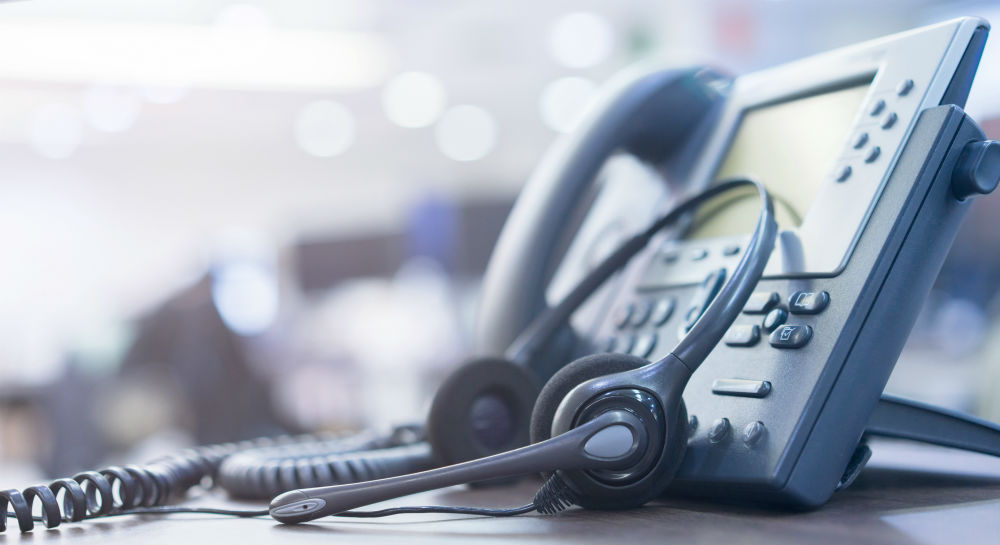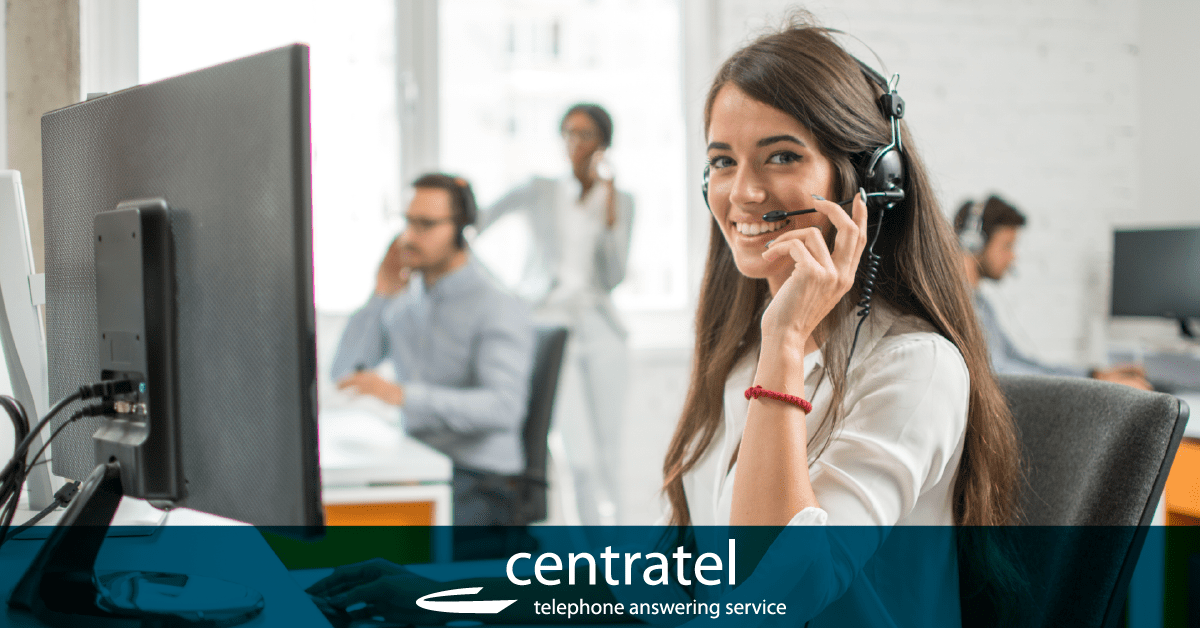All Categories
Featured
Table of Contents
- – What Is The Best How Outsourced Phone Answering...
- – Who Is The Best Live Answering Services - Aust...
- – What Is The Best What Is An Answering Service?...
- – What Is The Best Telstra Voice Features & Ser...
- – What Is The Best The Benefits Of Secretarial ...
- – The Best How To Call Forward To An Answering...
What Is The Best How Outsourced Phone Answering Service Can Help Your ... To Buy Now
This device and its followers were created by Sava Jacobson, an electrical engineer with a private consulting organization. While early voice mail used magnetic tape innovation, the majority of modern equipment uses strong state memory storage; some devices utilize a combination of both, with a solid-state circuit for the outgoing message and a cassette for the inbound messages.
"toll conserving" listed below) (call answering services). This works if the owner is evaluating calls and does not wish to talk to all callers. In any case after going, the calling celebration needs to be notified about the call having been addressed (for the most part this starts the charging), either by some remark of the operator, or by some greeting message of the TAD, or addressed to non-human callers (e.
This holds particularly for the Little bits with digitally kept welcoming messages or for earlier devices (before the increase of microcassettes) with an unique endless loop tape, different from a 2nd cassette, committed to recording. There have actually been answer-only devices without any recording capabilities, where the welcoming message had to inform callers of a state of current unattainability, or e (business call answering service).
Who Is The Best Live Answering Services - Australia Manufacturer

about schedule hours. In recording Little bits the greeting normally includes an invite to leave a message "after the beep". An answering machine that uses a microcassette to tape messages On a dual-cassette answerphone, there is an outgoing cassette, which after the defined number of rings plays a pre-recorded message to the caller.

Single-cassette voice mail include the outbound message at the beginning of the tape and inbound messages on the remaining space. They first play the announcement, then fast-forward to the next readily available area for recording, then record the caller's message. If there are many previous messages, fast-forwarding through them can trigger a significant delay.
This beep is typically described in the greeting message, requesting that the caller leave a message "after the beep". TADs with digital storage for the taped messages do disappoint this hold-up, obviously. A little may offer a push-button control center, where the answerphone owner can call the house number and, by getting in a code on the remote telephone's keypad, can listen to taped messages, or delete them, even when far from home.
What Is The Best What Is An Answering Service? Brand

Therefore the device increases the number of rings after which it responds to the call (generally by two, leading to four rings), if no unread messages are presently kept, but responses after the set number of rings (typically two) if there are unread messages. This permits the owner to discover whether there are messages waiting; if there are none, the owner can hang up the phone on the, e.
Some devices likewise allow themselves to be remotely triggered, if they have been changed off, by calling and letting the phone ring a particular a great deal of times (normally 10-15). Some company desert calls already after a smaller sized variety of rings, making remote activation impossible. In the early days of Little bits a special transmitter for DTMF tones (dual-tone multi-frequency signalling) was regionally required for push-button control, considering that the previously employed pulse dialling is not apt to communicate proper signalling along an active connection, and the dual-tone multi-frequency signalling was carried out step-by-step.
Any inbound call is not recognizable with regard to these homes in advance of going "off hook" by the terminal equipment. So after going off hook the calls need to be changed to appropriate devices and only the voice-type is instantly available to a human, however possibly, nevertheless ought to be routed to a LITTLE BIT (e.
What Is The Best Telstra Voice Features & Services - Home Phone Right Now
What if I informed you that you do not need to in fact get your device when addressing a client call? Another person will. So hassle-free, ideal? Addressing call doesn't need someone to be on the other end of the line. Efficient automated phone systems can do the trick simply as efficiently as a live representative and sometimes even much better.
An automated answering service or interactive voice reaction system is a phone system that communicates with callers without a live person on the line - business answering service. When business use this innovation, clients can get the answer to a concern about your service just by utilizing interactions set up on a pre-programmed call circulation.
Although live operators upgrade the client service experience, numerous calls do not require human interaction. A basic recorded message or guidelines on how a customer can recover a piece of information usually fixes a caller's immediate requirement - virtual answering service. Automated answering services are an easy and reliable way to direct incoming calls to the right individual.
What Is The Best The Benefits Of Secretarial And Telephone Answering ... Right Now
Notice that when you call a company, either for support or product query, the very first thing you will hear is a pre-recorded voice greeting and a series of options like press 1 for customer support, press 2 for queries, and so on. The pre-recorded alternatives branch off to other choices depending upon the client's selection.
The phone tree system helps direct callers to the right individual or department using the keypad on a mobile phone. In some instances, callers can utilize their voices. It's worth keeping in mind that auto-attendant options aren't limited to the ten numbers on a phone's keypad. Once the caller has actually selected their first alternative, you can develop a multi-level auto-attendant that uses sub-menus to direct the caller to the right type of assistance.
The caller does not have to communicate with a person if the auto-attendant phone system can handle their issue. The automated service can path callers to an employee if they reach a "dead end" and require assistance from a live representative. It is expensive to employ an operator or executive assistant.
The Best How To Call Forward To An Answering Service?
Automated answering services, on the other hand, are significantly cheaper and provide significant expense savings at an average of $200-$420/month. Even if you do not have committed staff to handle call routing and management, an automatic answering service improves productivity by enabling your team to focus on their strengths so they can more efficiently invest their time on the phone.
A sales lead routed to customer support is a lost shot. If a consumer who has item questions reaches the incorrect department or gets insufficient answers from well-meaning workers who are less trained to manage a particular kind of concern, it can be a cause of frustration and frustration. An automated answering system can reduce the variety of misrouted calls, thereby helping your workers make much better use of their phone time while freeing up time in their calendar for other tasks.
With Automated Answering Systems, you can create a tailored experience for both your personnel and your callers. Make a recording of your main greeting, and simply update it regularly to show what is going on in your organization. You can develop as numerous departments or menu choices as you want.
Table of Contents
- – What Is The Best How Outsourced Phone Answering...
- – Who Is The Best Live Answering Services - Aust...
- – What Is The Best What Is An Answering Service?...
- – What Is The Best Telstra Voice Features & Ser...
- – What Is The Best The Benefits Of Secretarial ...
- – The Best How To Call Forward To An Answering...
Latest Posts
Budget-Friendly Virtual Receptionist
Effective Dental Answering Service Near Me – Perth 6000
Top Professional Answering Service Near Me
More
Latest Posts
Budget-Friendly Virtual Receptionist
Effective Dental Answering Service Near Me – Perth 6000
Top Professional Answering Service Near Me